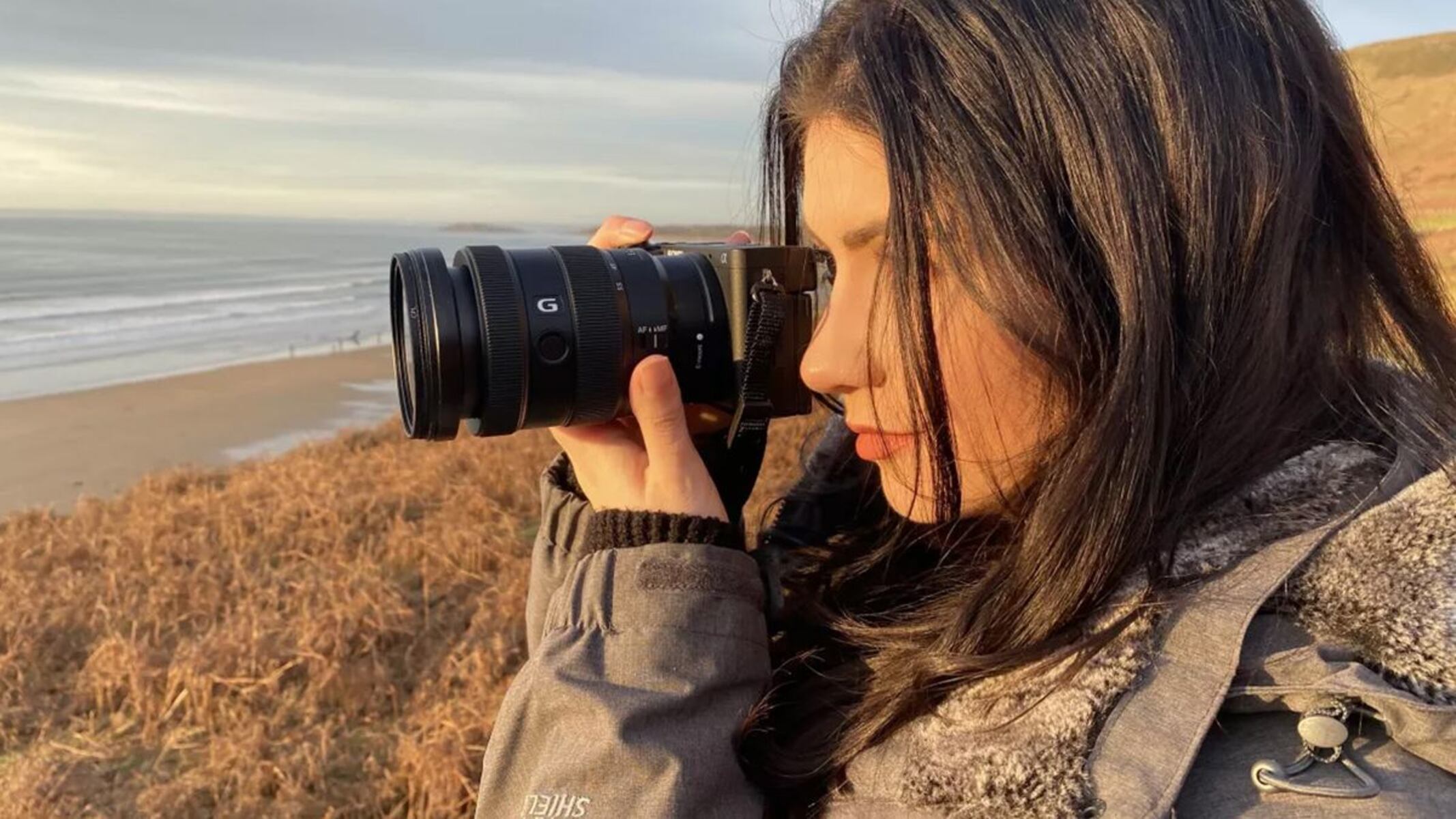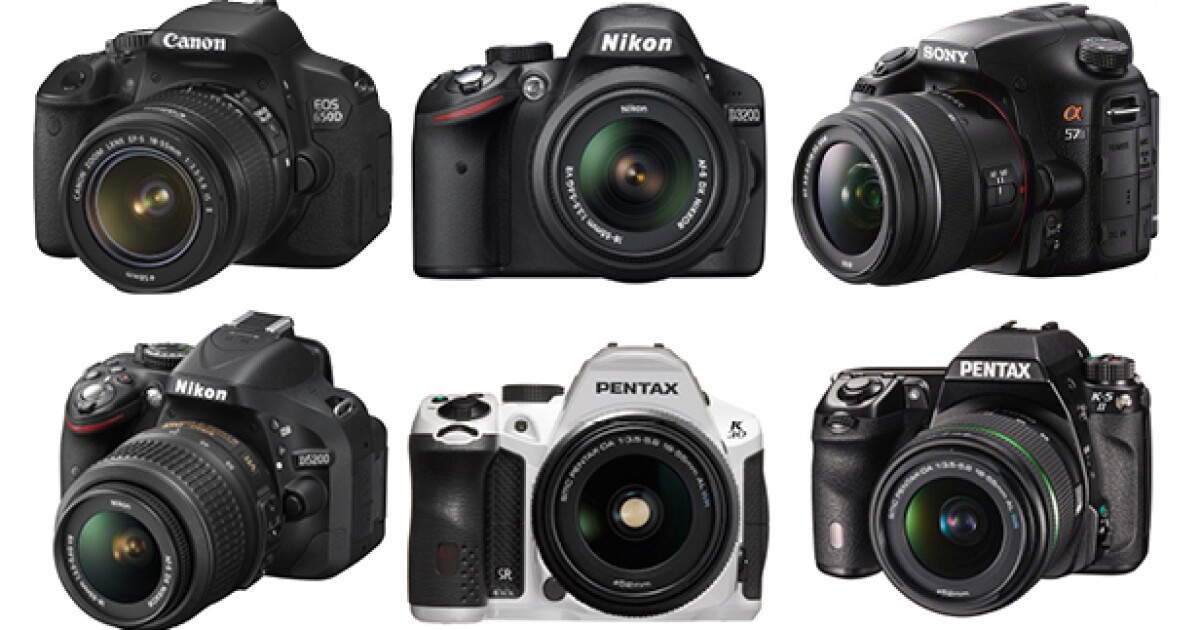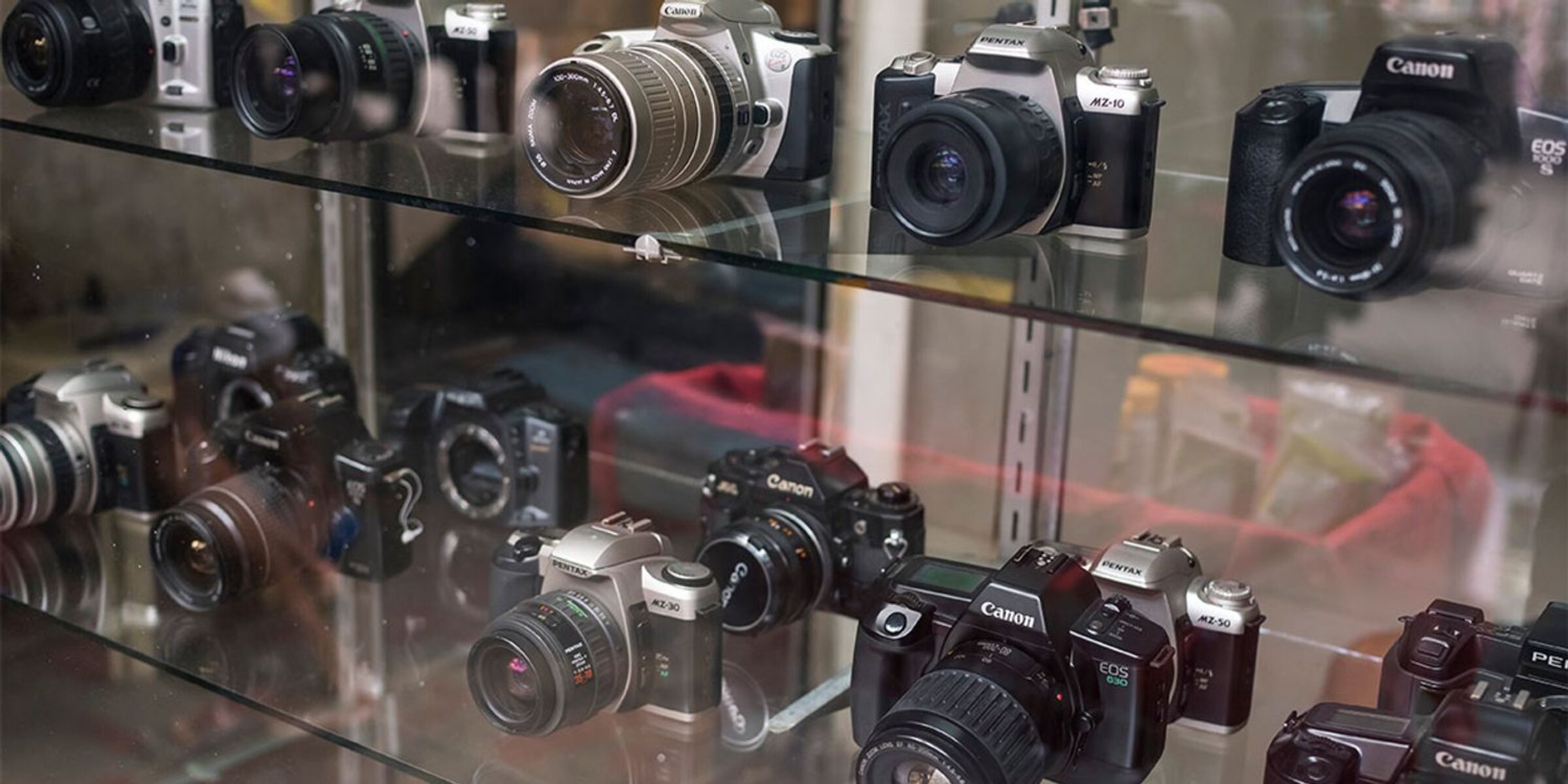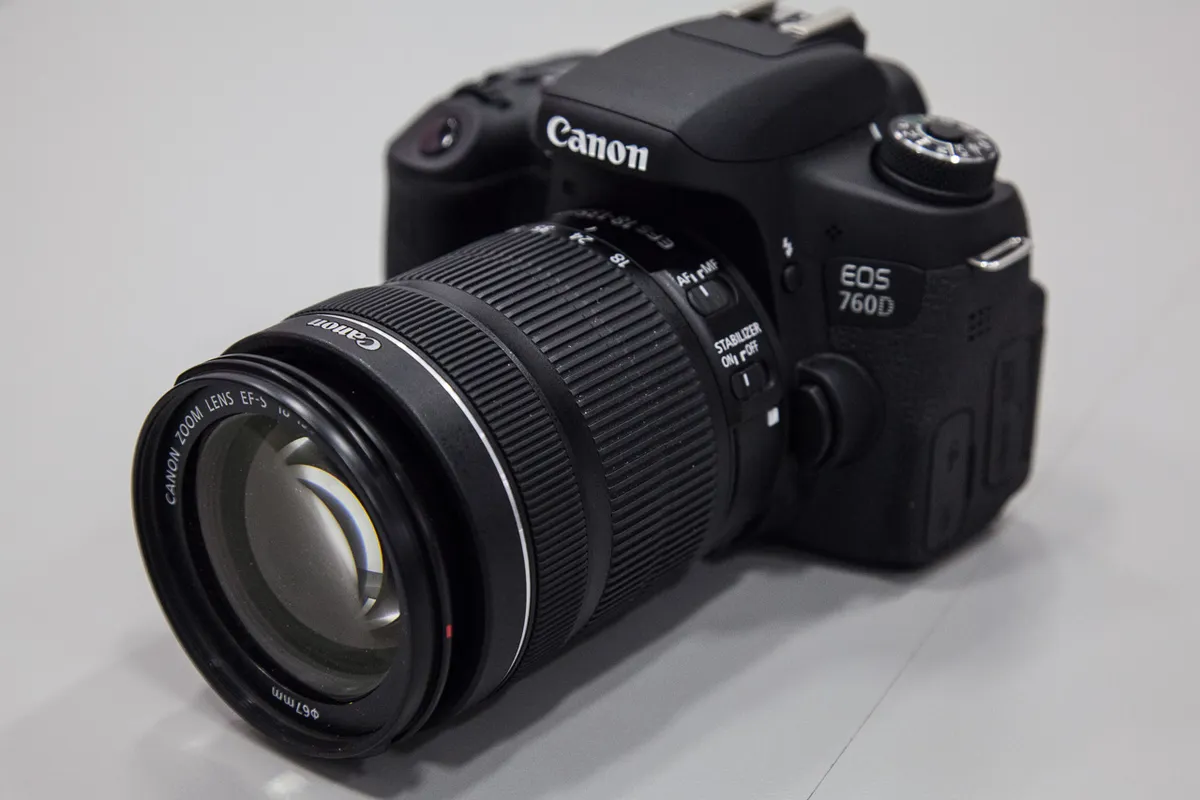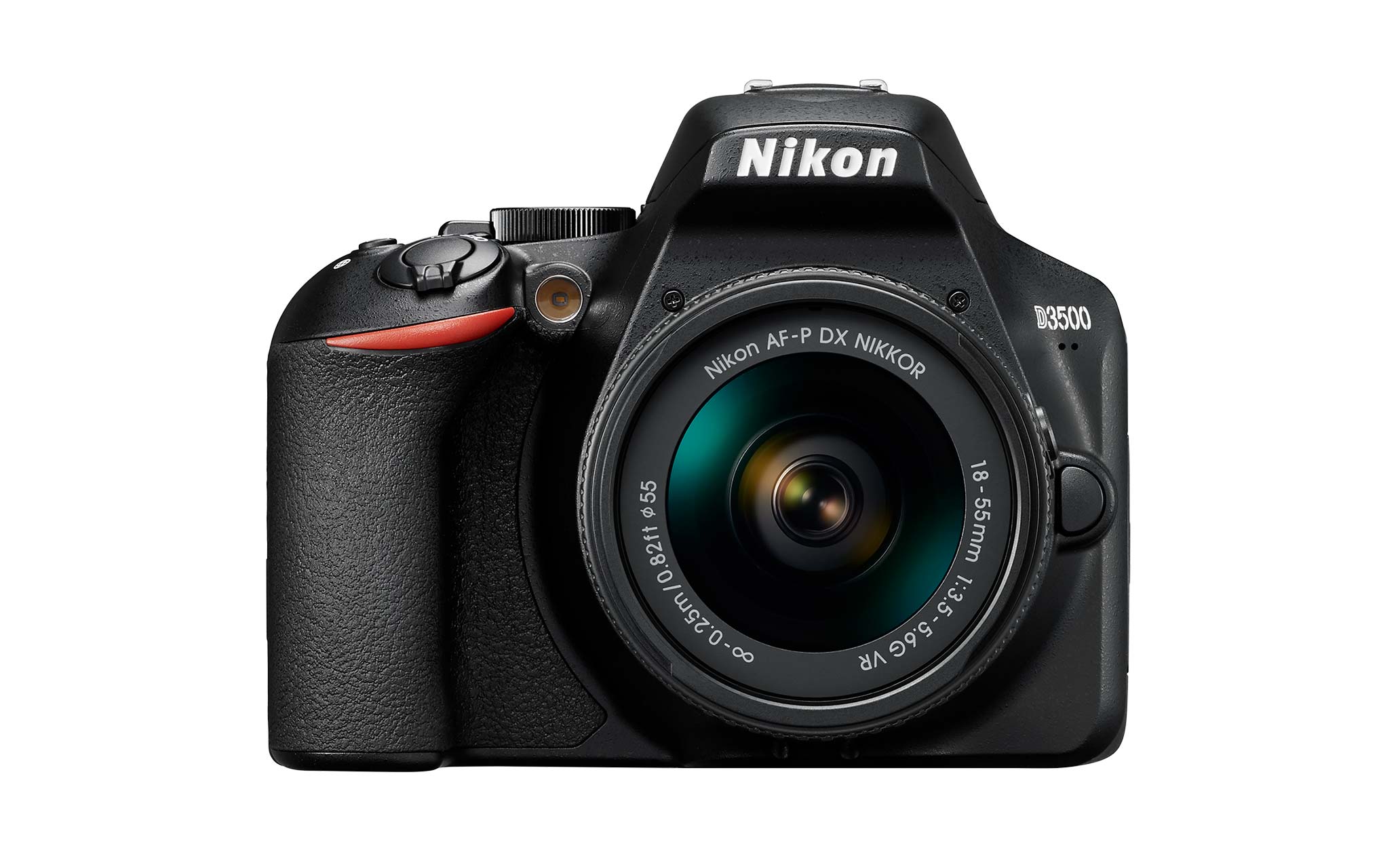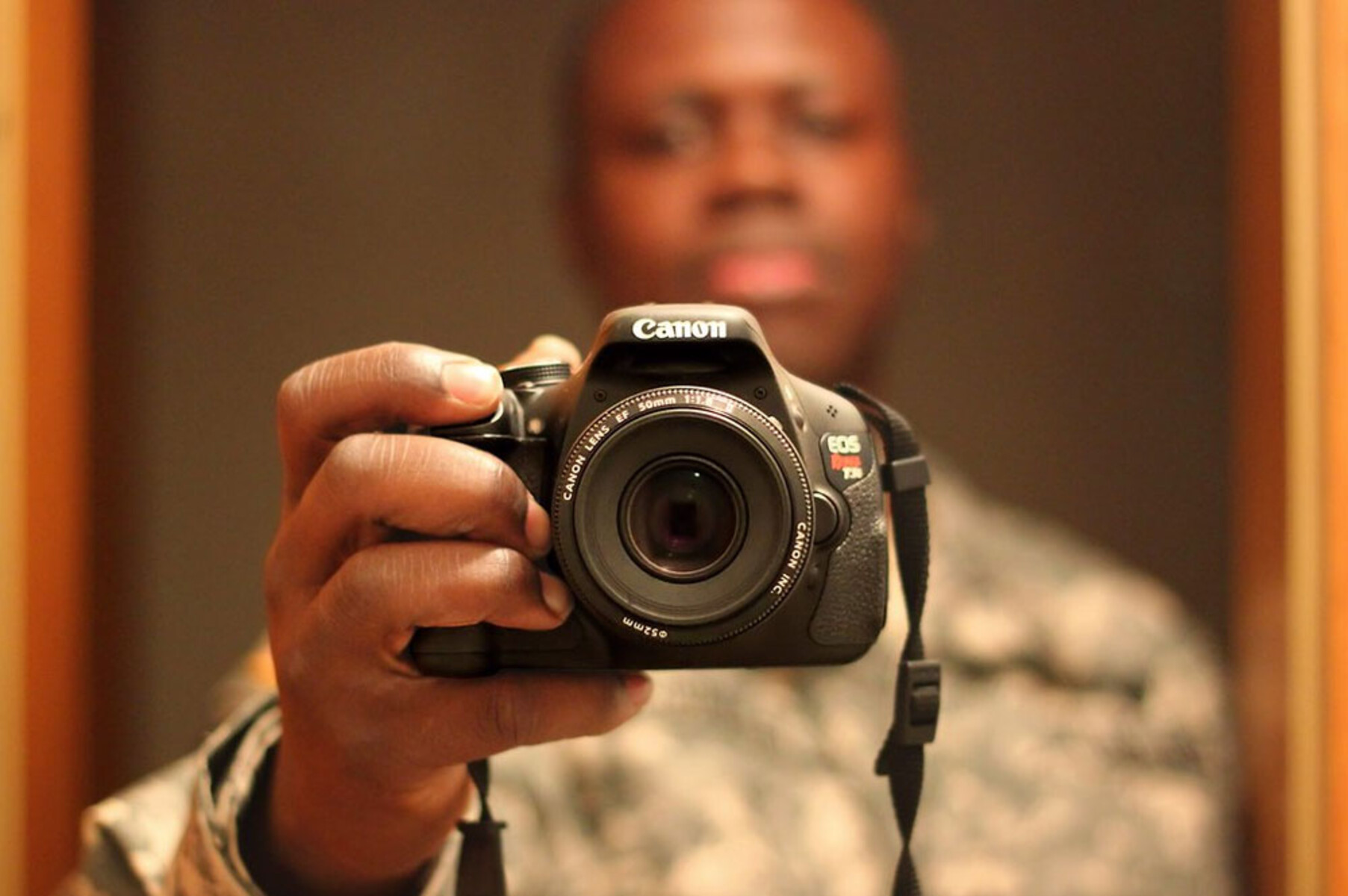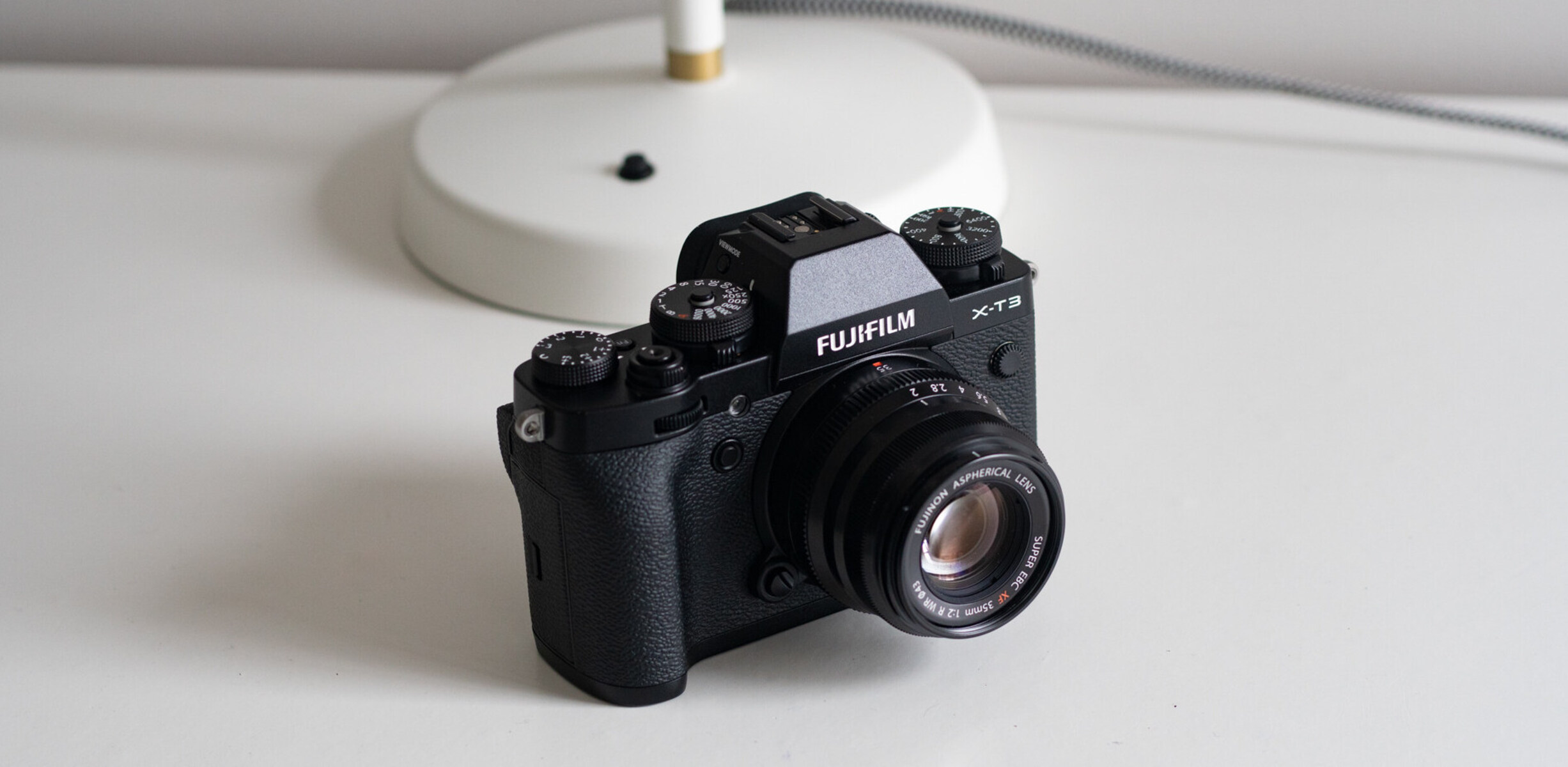Introduction
Welcome to the exciting world of mirrorless camera photography! Whether you're a budding enthusiast or a seasoned professional, mastering the art of capturing stunning images with a mirrorless camera can elevate your photography to new heights. In this comprehensive guide, we will explore the essential techniques and tips to help you take professional-quality photos with your mirrorless camera.
Photography with a mirrorless camera offers a myriad of advantages, including compact and lightweight designs, advanced autofocus systems, and the ability to utilize a wide range of interchangeable lenses. These features empower photographers to unleash their creativity and capture breathtaking images in diverse settings, from portraits and landscapes to action shots and low-light scenes.
As we delve into the intricacies of mirrorless camera photography, you'll gain insights into understanding your camera's capabilities, mastering manual settings, selecting the right lenses for various scenarios, harnessing the power of lighting, and refining your composition and framing techniques. Additionally, we'll explore post-processing tips to enhance your images and bring out their full potential.
Whether you're venturing into the realm of professional photography or simply aiming to elevate your hobby, this guide will equip you with the knowledge and skills to maximize the potential of your mirrorless camera. By the end of this journey, you'll be poised to capture captivating and professional-grade photos that reflect your unique artistic vision.
So, grab your mirrorless camera, unleash your creativity, and let's embark on this enriching photographic odyssey together. Let's dive into the intricacies of mirrorless camera photography, uncover invaluable techniques, and unlock the full potential of your camera to capture awe-inspiring images that resonate with viewers and stand the test of time.
Understanding Your Mirrorless Camera
Before embarking on your photographic journey with a mirrorless camera, it’s crucial to develop a deep understanding of its fundamental features and functionalities. Unlike traditional DSLR cameras, mirrorless cameras lack the optical viewfinder and mirror mechanism, resulting in a more compact and lightweight design. This innovative approach allows for a streamlined shooting experience without compromising on image quality and creative versatility.
One of the key attributes of a mirrorless camera is its electronic viewfinder (EVF) or rear LCD screen, which provides a real-time preview of the captured image, exposure settings, and depth of field. This feature empowers photographers to make informed decisions while composing their shots and ensures greater precision in capturing the desired visual narrative.
Furthermore, mirrorless cameras are renowned for their advanced autofocus systems, offering an extensive array of focus points that cover a significant portion of the frame. This enables swift and accurate subject tracking, making it an ideal choice for capturing dynamic and fast-paced scenes, such as sports, wildlife, and event photography.
Additionally, the absence of a mirror mechanism allows for seamless integration with an assortment of interchangeable lenses, catering to diverse photographic styles and genres. From wide-angle and telephoto lenses to macro and prime lenses, the versatility of mirrorless cameras empowers photographers to expand their creative horizons and adapt to various shooting conditions with ease.
Understanding the intricacies of your mirrorless camera’s sensor size, resolution, ISO range, and image stabilization capabilities is paramount in harnessing its full potential. These technical specifications play a pivotal role in achieving optimal image quality and low-light performance, ensuring that your photographic vision is translated into captivating visuals with unparalleled clarity and detail.
By familiarizing yourself with the nuances of your mirrorless camera, you can leverage its advanced features to capture breathtaking images that encapsulate your artistic expression. As we delve deeper into this guide, you’ll gain valuable insights into mastering manual settings, selecting the right lenses, and employing advanced techniques to elevate your photography to professional standards.
Mastering Manual Settings
Unlocking the full potential of your mirrorless camera entails delving into the realm of manual settings, where you have complete control over exposure, focus, and creative parameters. By mastering manual settings, you can transcend the limitations of automatic modes and tailor each aspect of your image to achieve your artistic vision.
Exposure settings, including aperture, shutter speed, and ISO, form the cornerstone of manual control in photography. Understanding the interplay between these elements is essential for achieving the desired exposure and creative effects in your images. The aperture dictates the depth of field, influencing the background blur and sharpness of your subjects, while the shutter speed governs motion blur and the freezing of fast-paced action. Additionally, the ISO setting determines the camera’s sensitivity to light, enabling you to adapt to varying lighting conditions while minimizing digital noise.
Moreover, mastering manual focus allows you to precisely pinpoint the focal plane and achieve tack-sharp images, especially in situations where autofocus may struggle, such as low-light environments or when capturing intricate details in macro photography. Harnessing manual focus empowers you to fine-tune your compositions and ensure that every element within the frame is rendered with utmost clarity and definition.
White balance, another crucial manual setting, influences the overall color temperature of your images, ensuring accurate and natural rendition of colors across different lighting scenarios. By customizing the white balance based on the ambient light conditions, you can evoke the intended mood and atmosphere in your photographs, whether it’s the warm glow of sunset or the cool tones of a moonlit night.
Furthermore, exploring manual shooting modes, such as manual (M) and aperture priority (A/Av) modes, provides unparalleled flexibility in tailoring your exposure settings to suit specific creative objectives. These modes empower you to exercise complete control over aperture and shutter speed, allowing for seamless adaptation to diverse shooting conditions and subjects.
By delving into the intricacies of manual settings, you can elevate your photography to new heights, infusing each image with your unique artistic flair and technical precision. As we progress through this guide, you’ll gain further insights into selecting the right lenses, harnessing advanced lighting techniques, and refining your composition skills to capture professional-grade photographs with your mirrorless camera.
Using the Right Lenses
Choosing the right lenses for your mirrorless camera is pivotal in shaping the visual narrative of your photographs and unlocking creative possibilities across various genres of photography. The versatility of mirrorless cameras lies in their compatibility with a diverse range of interchangeable lenses, each designed to cater to specific shooting scenarios and artistic preferences.
Prime lenses, characterized by a fixed focal length, offer exceptional optical quality and are renowned for their wide apertures, making them ideal for capturing stunning portraits, low-light scenes, and achieving captivating background blur, also known as bokeh. Their inherent sharpness and ability to excel in challenging lighting conditions make them indispensable tools for photographers seeking uncompromising image quality.
On the other hand, zoom lenses provide unparalleled flexibility by encompassing a range of focal lengths within a single optic, allowing you to adapt to diverse shooting situations without the need to switch lenses frequently. From expansive landscapes to distant subjects, zoom lenses empower photographers to seize fleeting moments with ease and precision, making them indispensable companions for travel and documentary photography.
For photographers passionate about capturing the intricate details of the natural world, macro lenses offer unparalleled magnification capabilities, enabling you to explore the mesmerizing world of close-up photography. Whether it’s the delicate intricacies of flora and fauna or the intricate textures of everyday objects, macro lenses unveil a realm of visual splendor, inviting viewers to immerse themselves in the mesmerizing details often overlooked by the naked eye.
Furthermore, wide-angle lenses are indispensable for encompassing expansive vistas, architectural marvels, and immersive environmental portraits, allowing you to convey a sense of space and grandeur in your compositions. Their ability to accentuate leading lines and create dramatic perspectives adds a dynamic dimension to your photography, inviting viewers to embark on a visual journey that transcends conventional boundaries.
By understanding the unique characteristics and applications of different lenses, you can curate a versatile collection that empowers you to express your artistic vision with precision and finesse. As we proceed through this guide, you’ll gain further insights into harnessing advanced lighting techniques, refining your composition and framing skills, and leveraging post-processing tools to elevate your mirrorless camera photography to professional standards.
Lighting Techniques
Mastering lighting techniques is pivotal in capturing professional-grade images with your mirrorless camera. Whether you’re shooting portraits, landscapes, or still life, the interplay of light and shadow profoundly influences the mood, visual impact, and storytelling potential of your photographs. By understanding and harnessing lighting, you can elevate your images to new heights of creativity and visual allure.
Natural light serves as a versatile and compelling lighting source, offering a diverse array of qualities depending on the time of day, weather conditions, and geographical location. The soft, diffused light of early morning and late afternoon, often referred to as the golden hour, imbues scenes with a warm, ethereal glow, ideal for capturing captivating portraits and evocative landscapes. Conversely, the stark, directional light of midday can create bold contrasts and dynamic shadows, adding a dramatic flair to your compositions.
Supplementing natural light with artificial lighting opens up a realm of creative possibilities, allowing you to sculpt and manipulate light to suit your artistic vision. Continuous lighting sources, such as LED panels and tungsten lights, provide consistent illumination and are ideal for video production, product photography, and studio portraits, offering precise control over the intensity and direction of light.
On the other hand, the dynamic nature of flash photography enables you to freeze motion, fill in shadows, and unleash your creativity in diverse shooting conditions. Whether it’s high-speed sync flash for outdoor portraits or off-camera flash setups for dramatic lighting effects, mastering the art of flash photography empowers you to transcend the constraints of ambient light and craft visually arresting images with unparalleled impact.
Furthermore, understanding the principles of light modifiers, such as softboxes, umbrellas, and reflectors, allows you to shape and sculpt light to achieve the desired mood and aesthetic in your photographs. Softening harsh shadows, creating gentle gradients, and accentuating specific areas of your subjects are just a few of the transformative effects that light modifiers can impart, elevating the visual appeal and professional quality of your images.
By honing your understanding of lighting techniques, you can infuse your mirrorless camera photography with a captivating interplay of light and shadow, imbuing each image with depth, emotion, and visual intrigue. As we delve deeper into this guide, you’ll gain further insights into refining your composition and framing skills, leveraging post-processing tools, and unlocking the full potential of your mirrorless camera to capture awe-inspiring images that resonate with viewers and stand the test of time.
Composition and Framing
Mastering the art of composition and framing is essential in creating compelling and visually impactful photographs with your mirrorless camera. Beyond technical proficiency, the way you frame and compose your shots profoundly influences the narrative, emotional resonance, and aesthetic appeal of your images. By honing your skills in this realm, you can elevate your photography to professional standards and captivate viewers with visually arresting visuals.
The rule of thirds serves as a foundational principle in composition, guiding you to position key elements of your scene along intersecting lines or at their points of convergence. This approach fosters a sense of balance, dynamism, and visual interest, drawing the viewer’s gaze into the image and creating a harmonious interplay between subjects and their surroundings.
Furthermore, exploring leading lines as a compositional tool enables you to guide the viewer’s eye through the image, creating a sense of depth, movement, and visual flow. Whether it’s converging lines in architectural photography or meandering pathways in landscapes, leading lines add a dynamic dimension to your compositions, inviting viewers to embark on a visual journey within the frame.
Understanding the concept of negative space empowers you to leverage empty areas within your compositions to emphasize the main subject, evoke a sense of tranquility, or imbue the image with a minimalist aesthetic. By judiciously incorporating negative space, you can create breathing room within your photographs, allowing the primary elements to command attention and evoke a profound visual impact.
Moreover, exploring different perspectives and vantage points infuses your photography with a sense of dynamism and originality, offering viewers a fresh and immersive experience. Whether it’s capturing a bird’s eye view to convey a sense of grandeur or adopting a low angle to exude a sense of empowerment, the deliberate choice of perspective adds depth and narrative resonance to your images.
Additionally, the effective use of framing within the composition, whether it’s natural elements like archways and foliage or human-made structures, can add context, visual interest, and a sense of narrative enclosure to your photographs. By framing your subjects within these elements, you create a visual dialogue that enhances the storytelling potential of your images, inviting viewers to engage with the scene on a deeper level.
By honing your skills in composition and framing, you can infuse your mirrorless camera photography with a captivating interplay of visual elements, imbuing each image with narrative depth, emotional resonance, and compelling aesthetic allure. As we progress through this guide, you’ll gain further insights into leveraging post-processing tools, harnessing advanced lighting techniques, and unlocking the full potential of your mirrorless camera to capture awe-inspiring images that resonate with viewers and stand the test of time.
Post-Processing Tips
Post-processing serves as the final creative frontier in refining and enhancing your photographs captured with a mirrorless camera. By leveraging digital editing tools and techniques, you can elevate the visual impact, tonal balance, and storytelling potential of your images, ensuring that they resonate with viewers and convey your artistic vision with precision and finesse.
One of the fundamental aspects of post-processing involves fine-tuning the exposure, contrast, and color balance of your images to achieve optimal tonal rendition and visual harmony. Whether it’s adjusting highlights and shadows to reveal intricate details or enhancing the vibrancy and saturation of colors to evoke a specific mood, these refinements play a pivotal role in sculpting the overall aesthetic of your photographs.
Furthermore, harnessing selective adjustments, such as gradient filters and adjustment brushes, allows you to target specific areas of your images, enabling precise control over exposure, contrast, and color temperature. This level of nuanced editing empowers you to direct the viewer’s gaze, emphasize key elements, and create a visual hierarchy within the frame, amplifying the narrative impact of your photographs.
Exploring the realm of creative effects, such as black and white conversion, split toning, and vignetting, provides an avenue for infusing your images with a distinct mood, atmosphere, and artistic flair. These stylistic enhancements add a layer of visual intrigue and emotive resonance to your photographs, inviting viewers to immerse themselves in the evocative world you’ve captured through your lens.
Moreover, delving into the realm of sharpening and noise reduction ensures that your images exude a sense of clarity and refinement, free from distracting artifacts and imperfections. By striking a delicate balance between sharpening for detail and mitigating digital noise, you can present your photographs with unparalleled crispness and visual fidelity, captivating viewers with their immaculate clarity.
Additionally, embracing the art of cropping and straightening allows you to refine the composition and framing of your images, ensuring that every element within the frame contributes to the visual narrative with precision and intention. This meticulous attention to detail empowers you to distill the essence of your photographic vision, presenting it in a polished and cohesive manner that resonates with viewers on a profound level.
By immersing yourself in the realm of post-processing, you can infuse your mirrorless camera photography with a captivating interplay of visual refinement and creative expression, ensuring that each image reflects your unique artistic sensibilities with unparalleled clarity and impact. As we conclude this guide, you’ve gained valuable insights into harnessing advanced lighting techniques, refining your composition and framing skills, and unlocking the full potential of your mirrorless camera to capture awe-inspiring images that resonate with viewers and stand the test of time.
Conclusion
Congratulations on embarking on this enriching journey into the realm of mirrorless camera photography. Throughout this comprehensive guide, we’ve delved into the essential techniques and insights that empower you to capture professional-quality images with precision, creativity, and artistic finesse. By understanding your mirrorless camera’s capabilities, mastering manual settings, selecting the right lenses, harnessing advanced lighting techniques, refining your composition and framing skills, and leveraging post-processing tools, you’ve equipped yourself with the knowledge and skills to elevate your photography to new heights.
As you venture forth with your mirrorless camera, remember that each photograph is a canvas for your unique artistic expression. Whether you’re capturing the subtle interplay of light and shadow in a portrait, the grandeur of a sweeping landscape, or the intricate details of everyday life, your creative vision is the guiding force that infuses each image with depth, emotion, and visual allure.
Embrace the versatility and innovation of mirrorless cameras, experiment with different techniques, and allow your passion for photography to drive your artistic evolution. Each click of the shutter is an opportunity to encapsulate a moment, evoke an emotion, and share a compelling visual story with the world.
Remember, the journey of a photographer is a continuous exploration of the world through the lens, a perpetual quest to distill beauty, emotion, and meaning into each frame. Embrace the challenges, celebrate the triumphs, and let your creativity soar as you embark on this captivating odyssey of visual storytelling with your mirrorless camera.
So, as you venture forth with your mirrorless camera in hand, may each photograph reflect your unique perspective, resonate with viewers, and stand as a testament to your unwavering passion for the art of photography. Let your images spark inspiration, provoke contemplation, and forge an indelible connection with those who behold them.
With the knowledge and skills you’ve acquired, coupled with your boundless creativity, the world is your canvas, and your mirrorless camera is the instrument through which you paint captivating visual narratives. Embrace the journey, cherish the moments, and revel in the profound impact of your artistry as you continue to capture awe-inspiring images that transcend the ordinary and resonate with the extraordinary.







